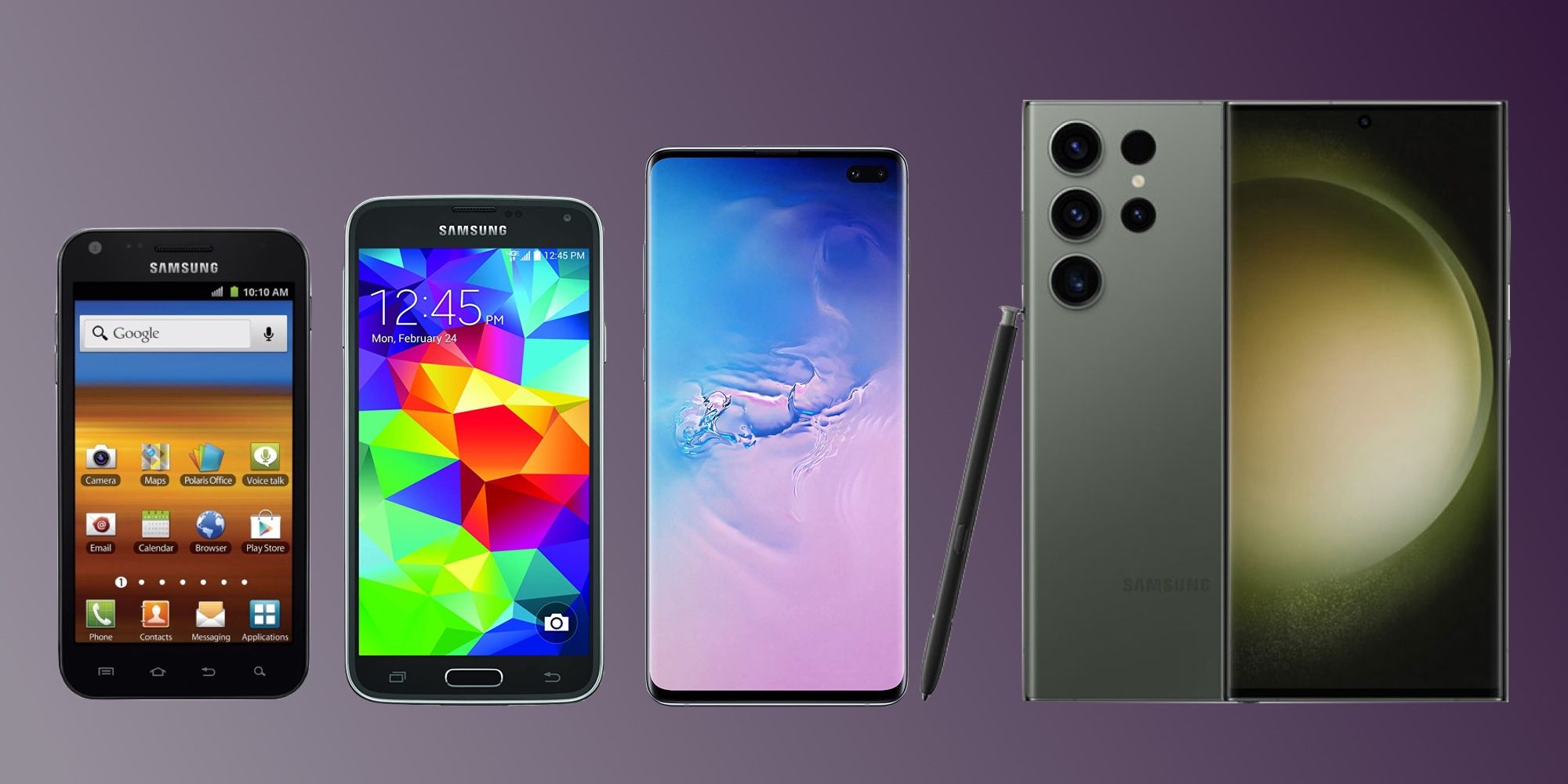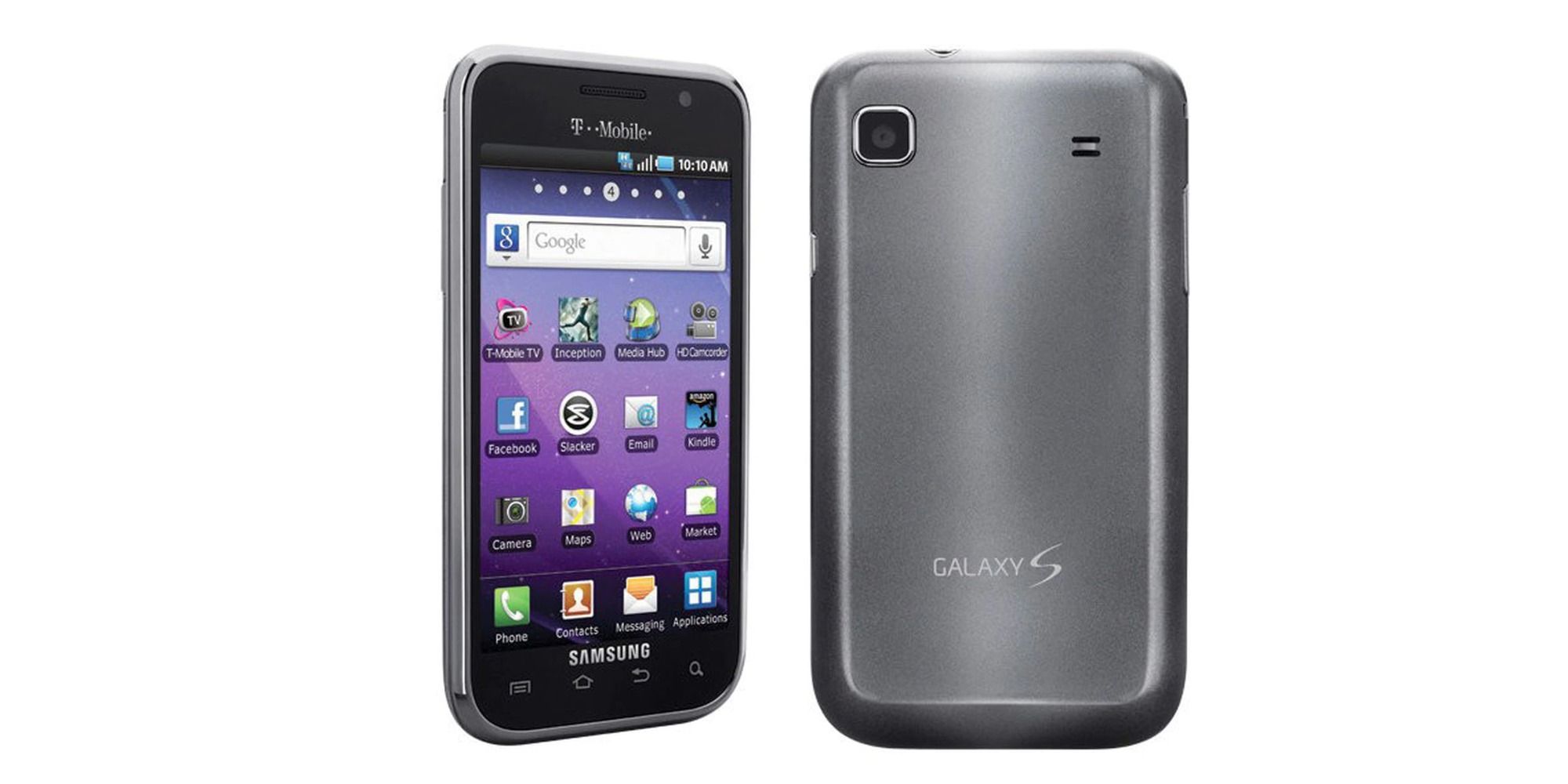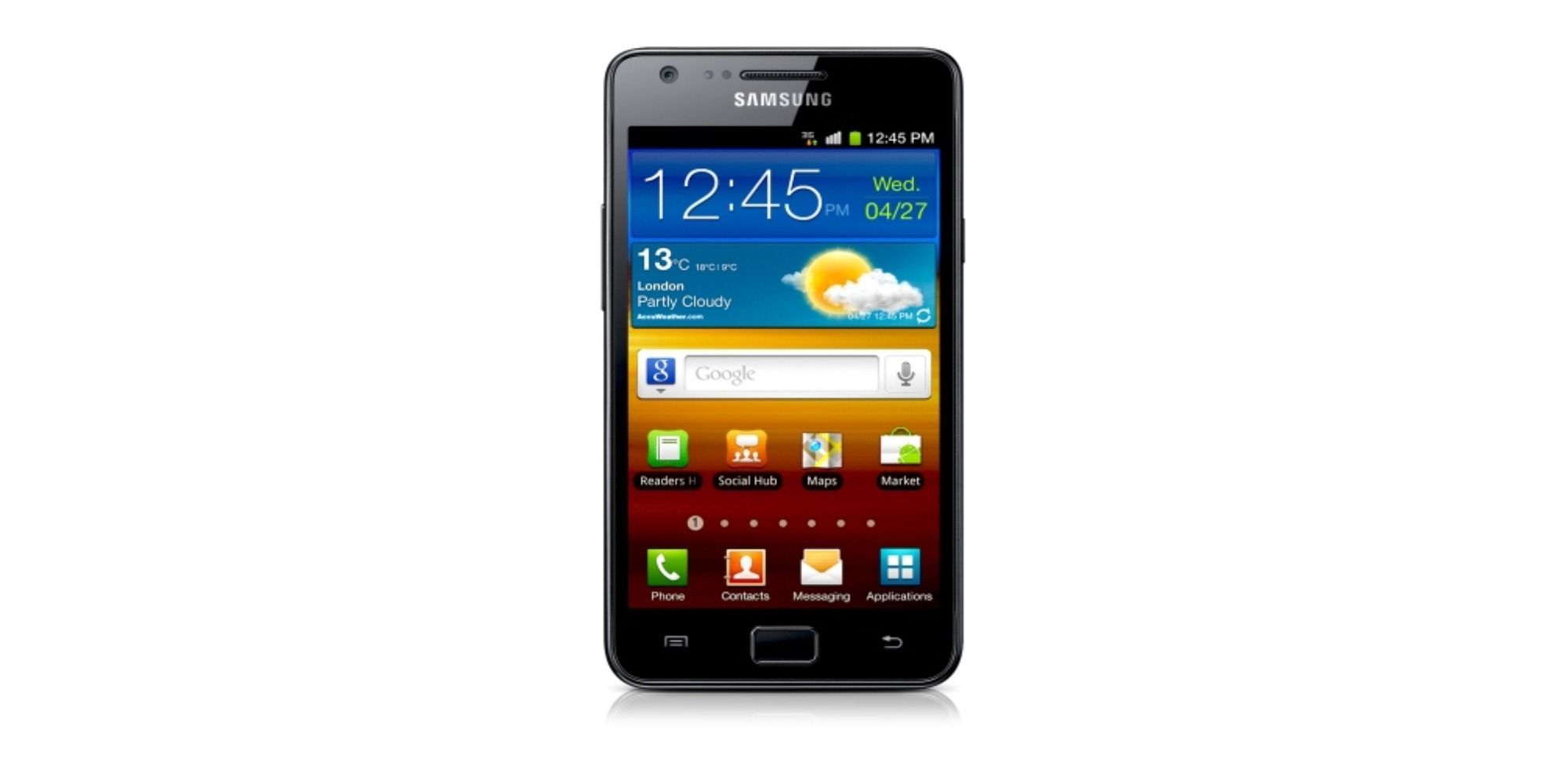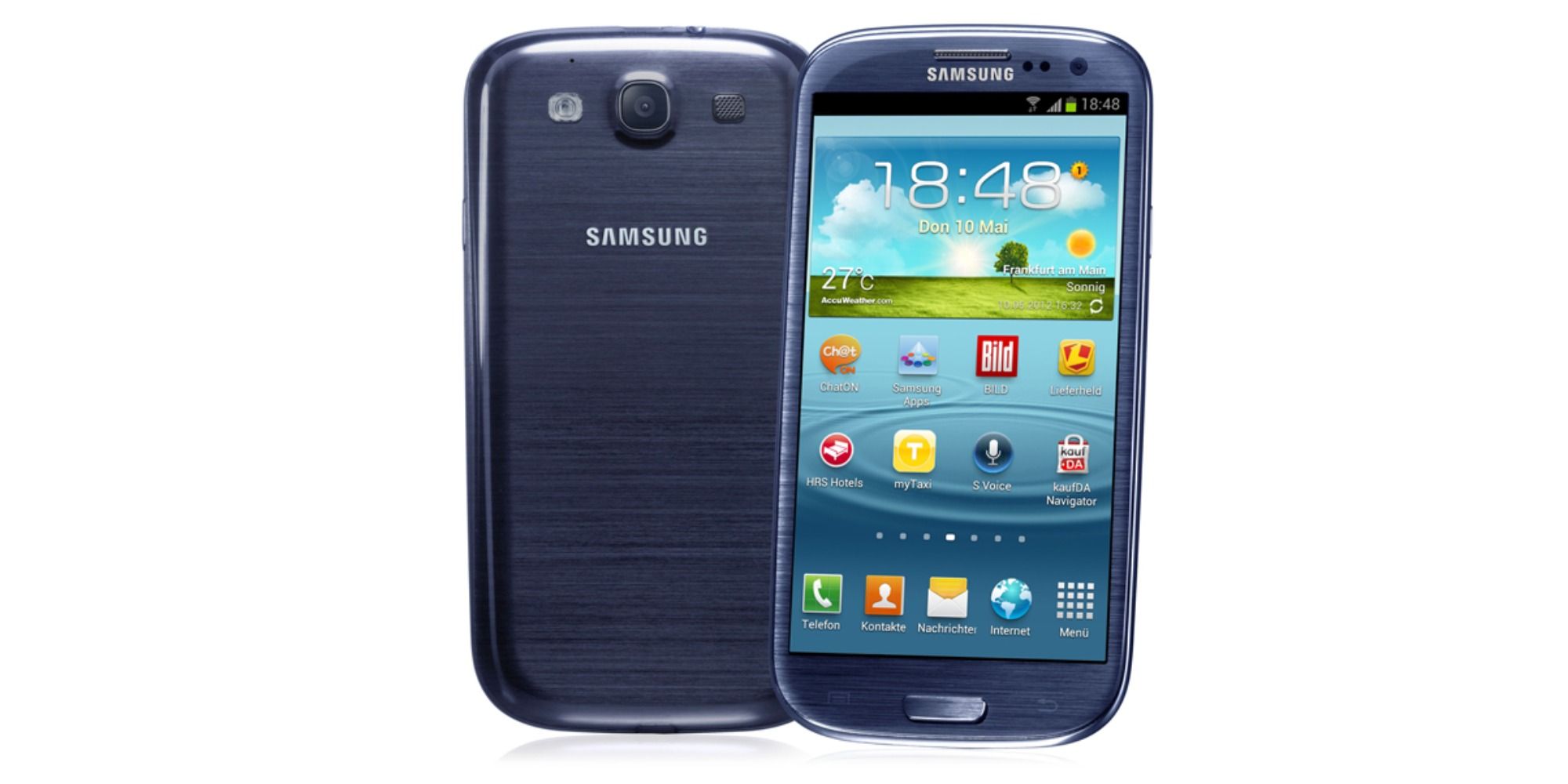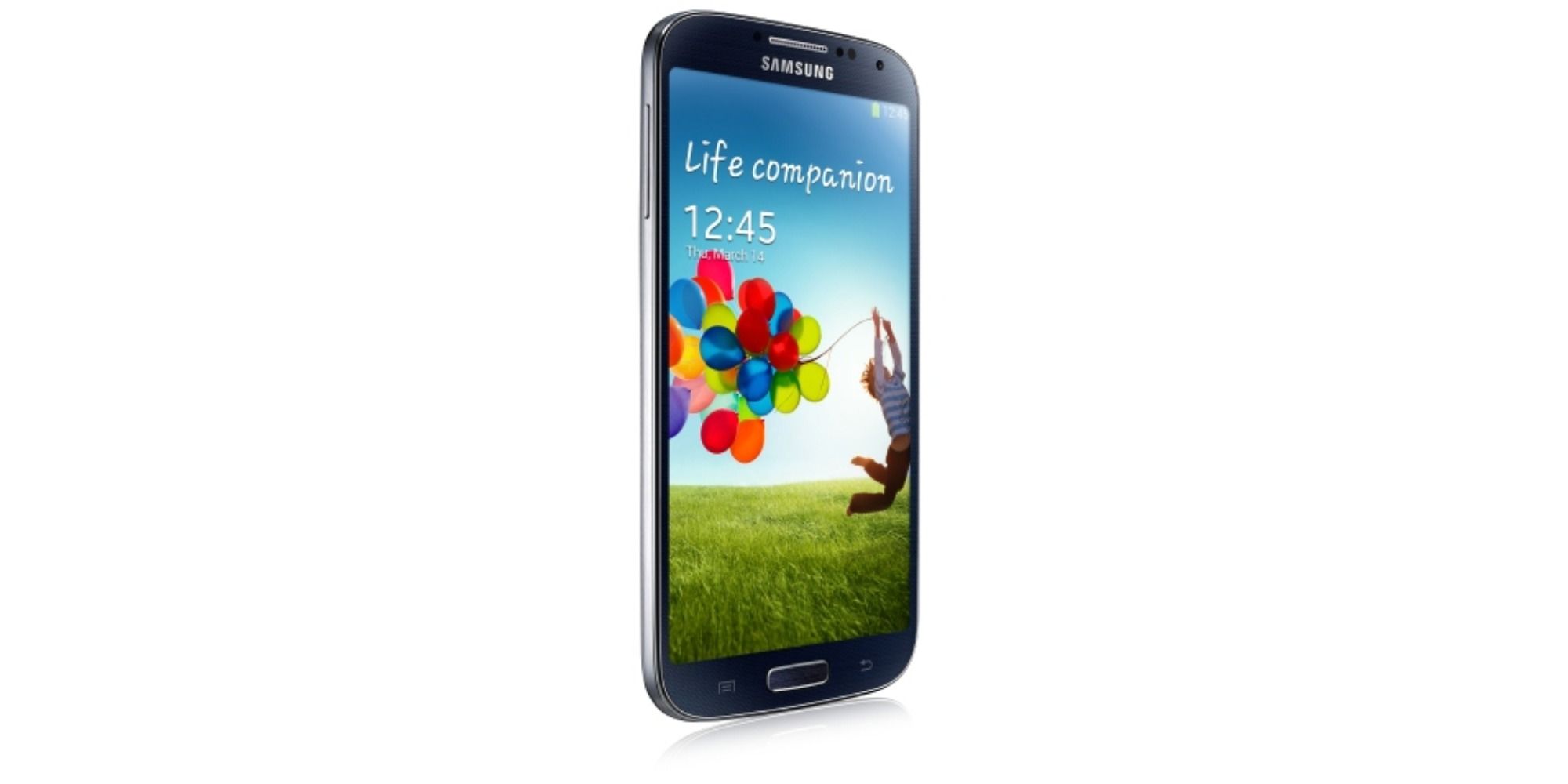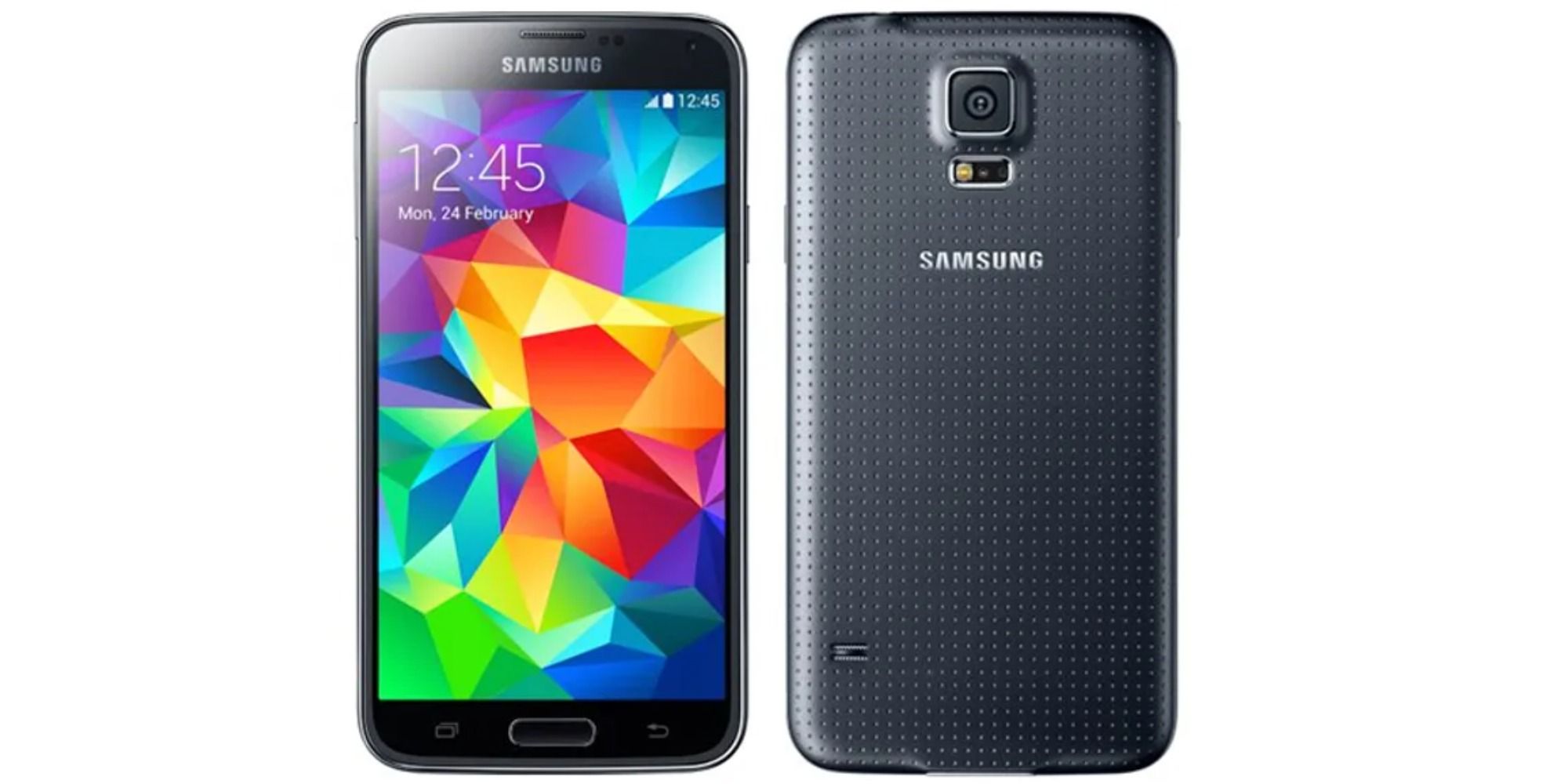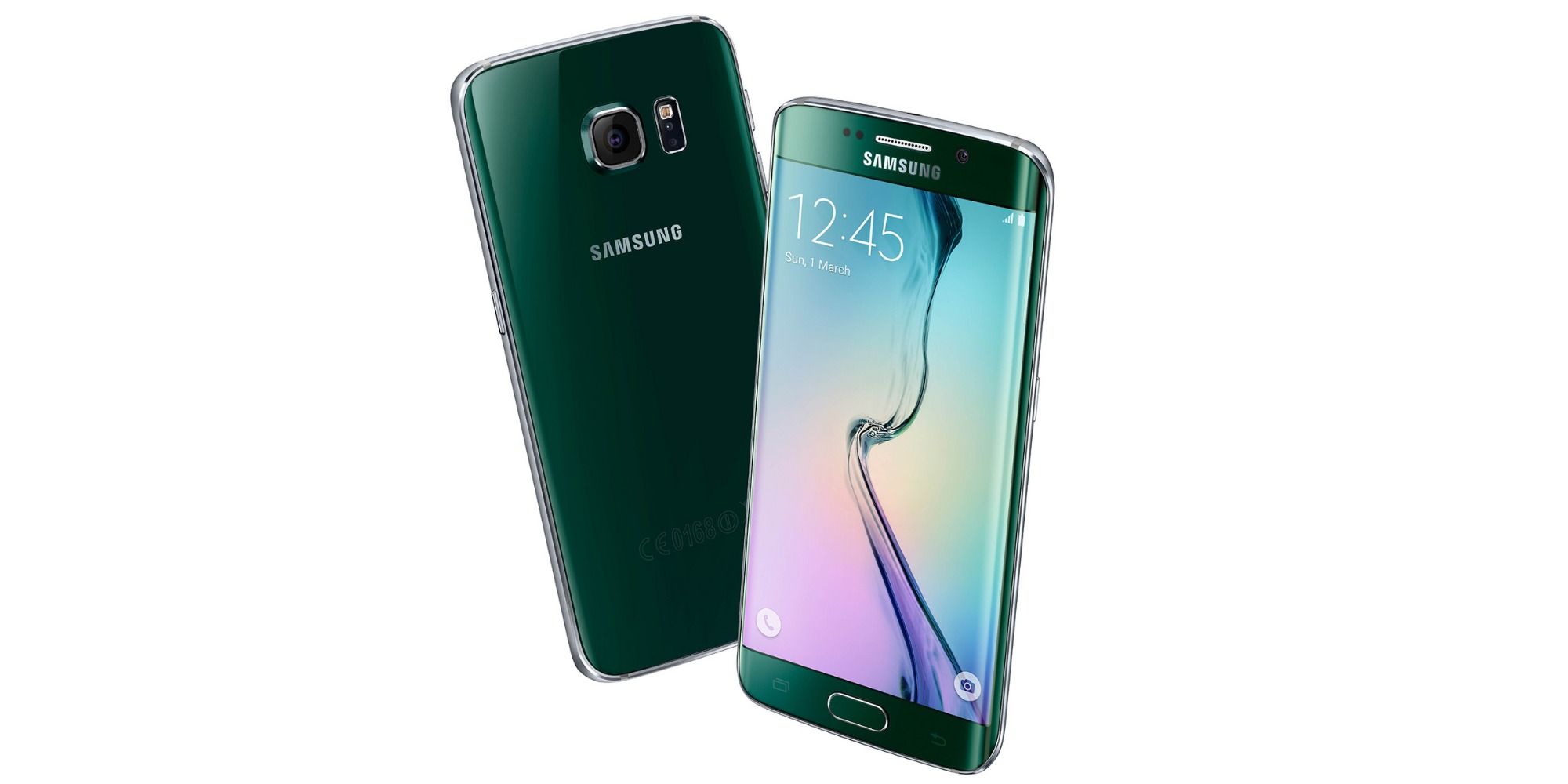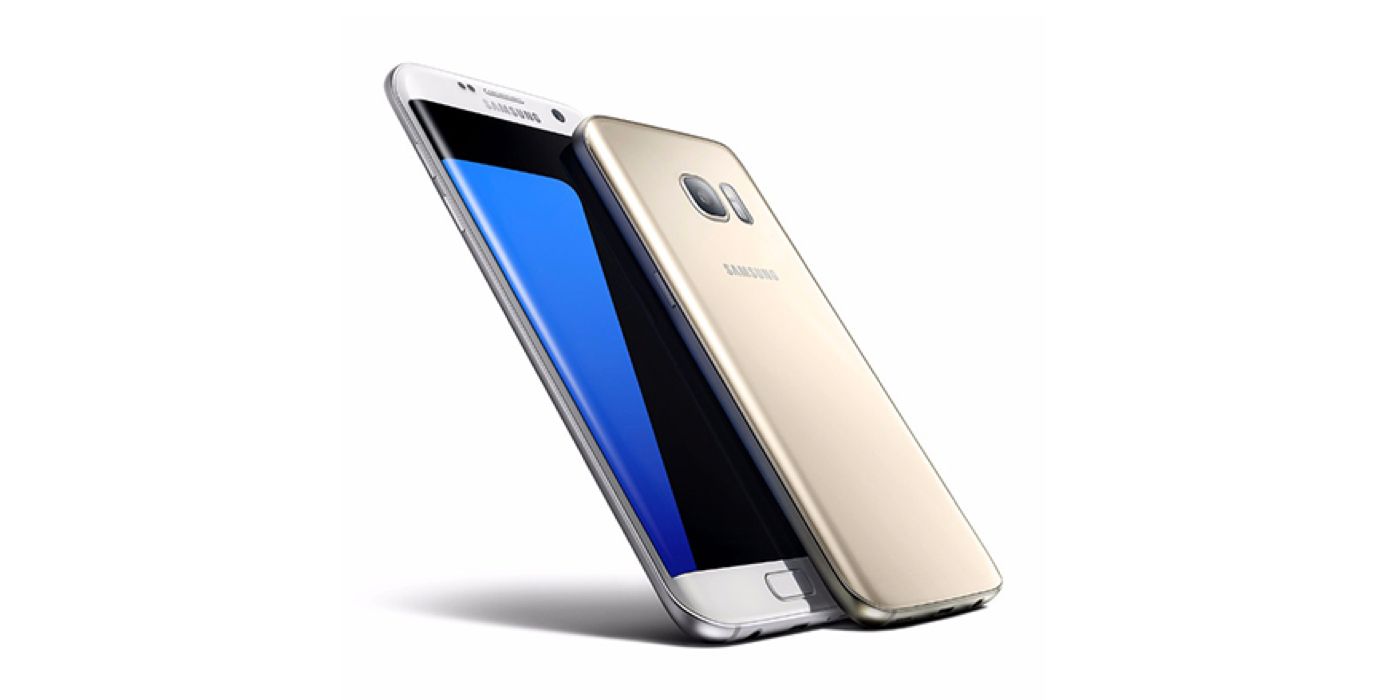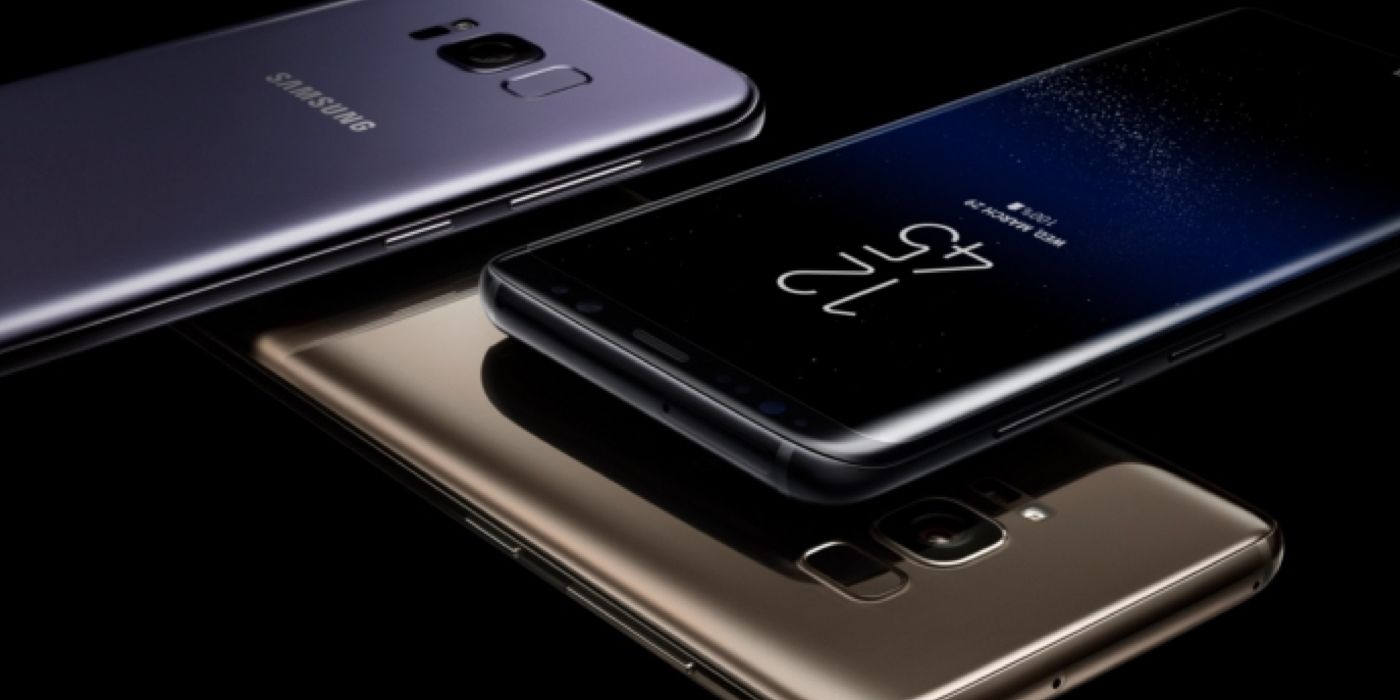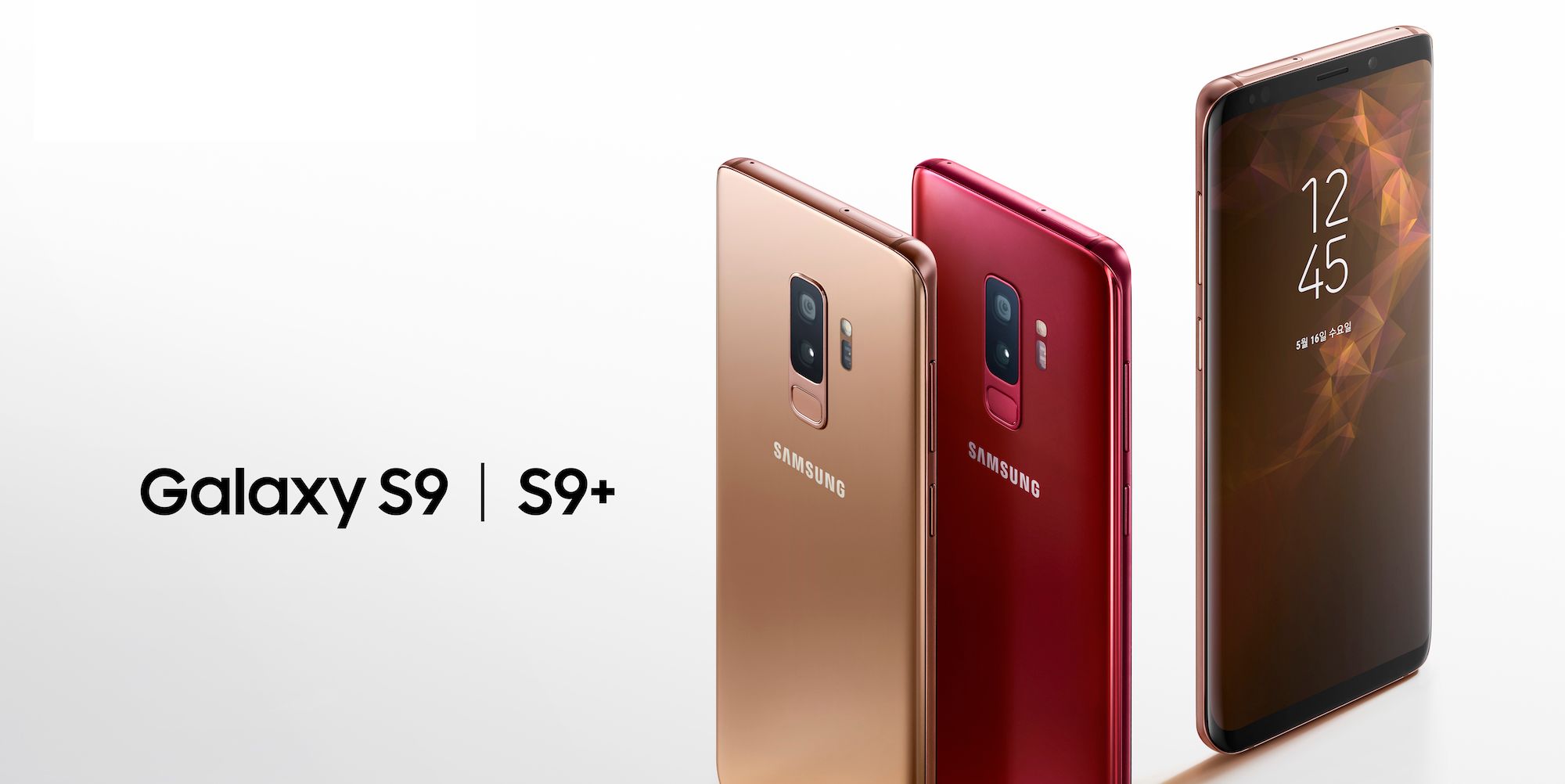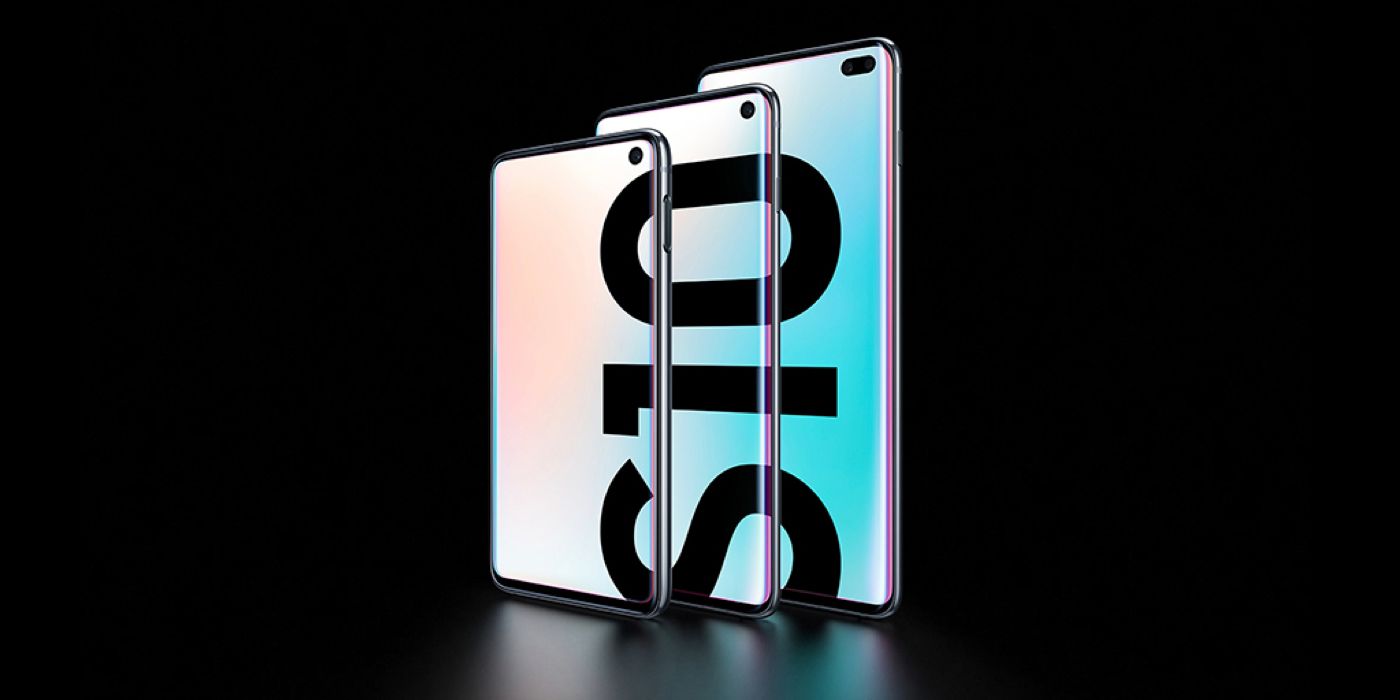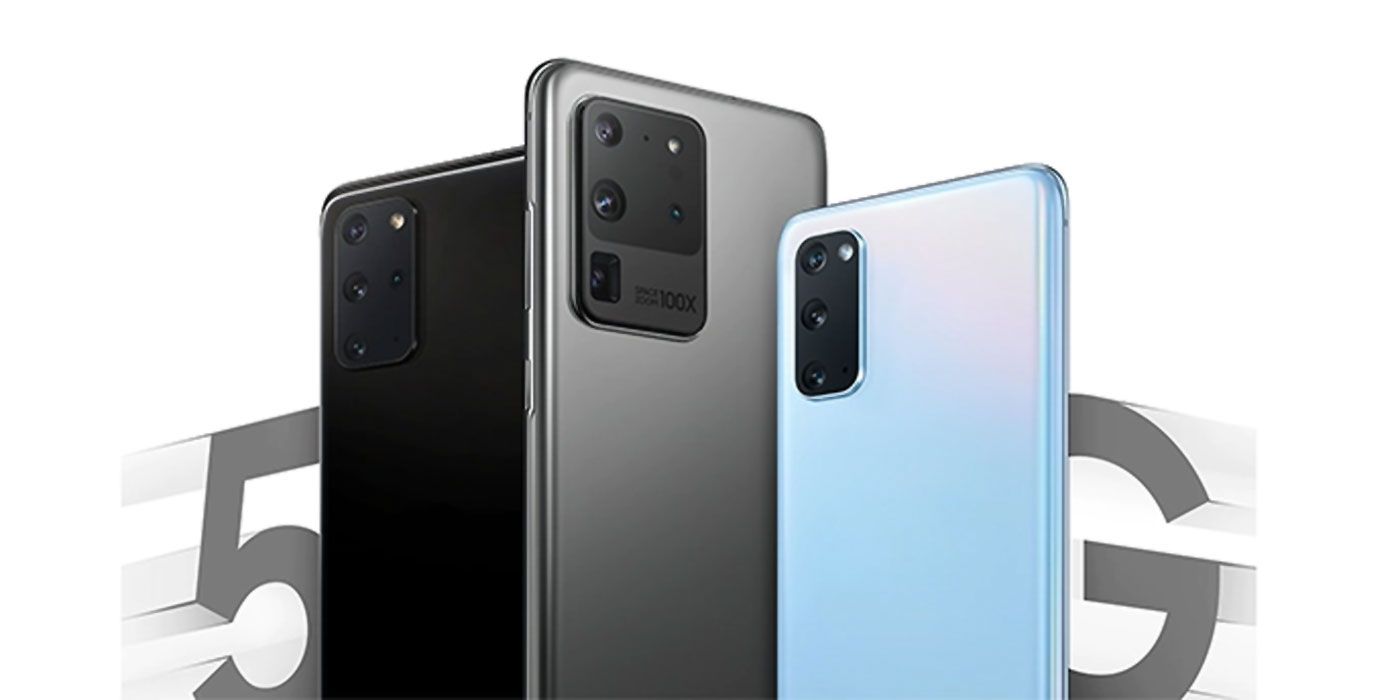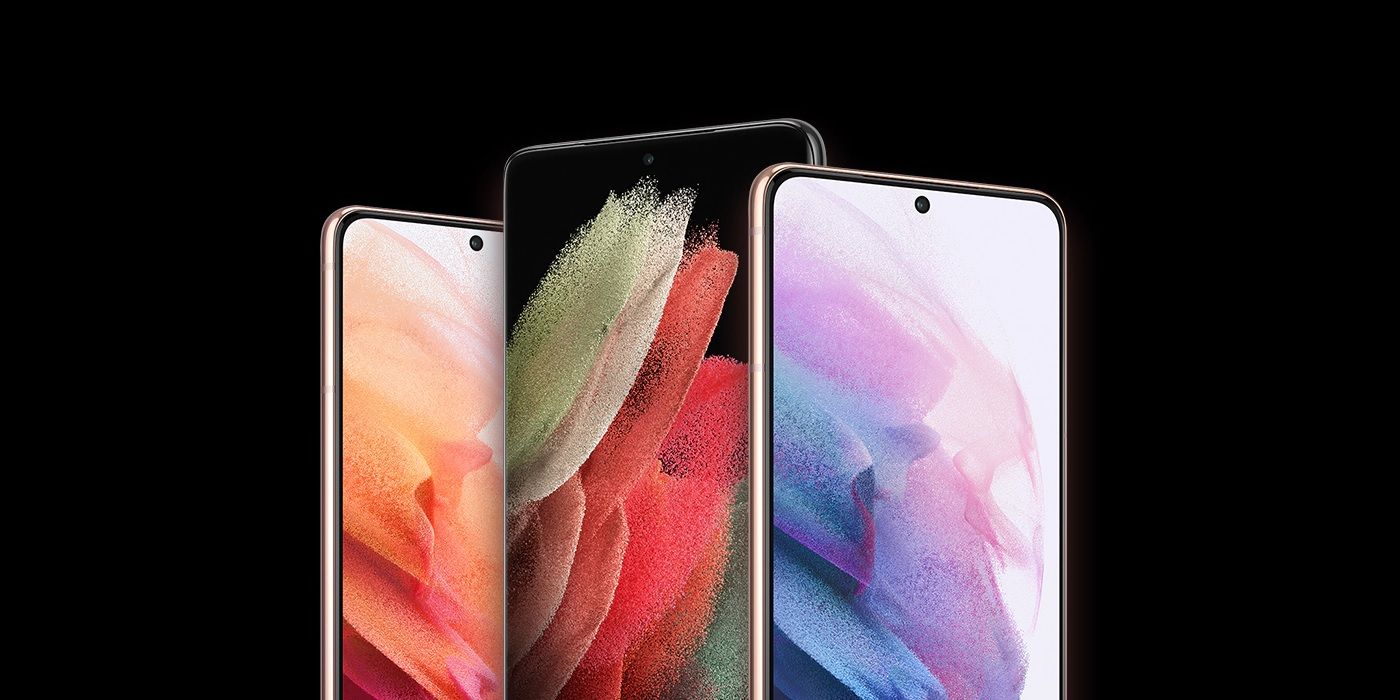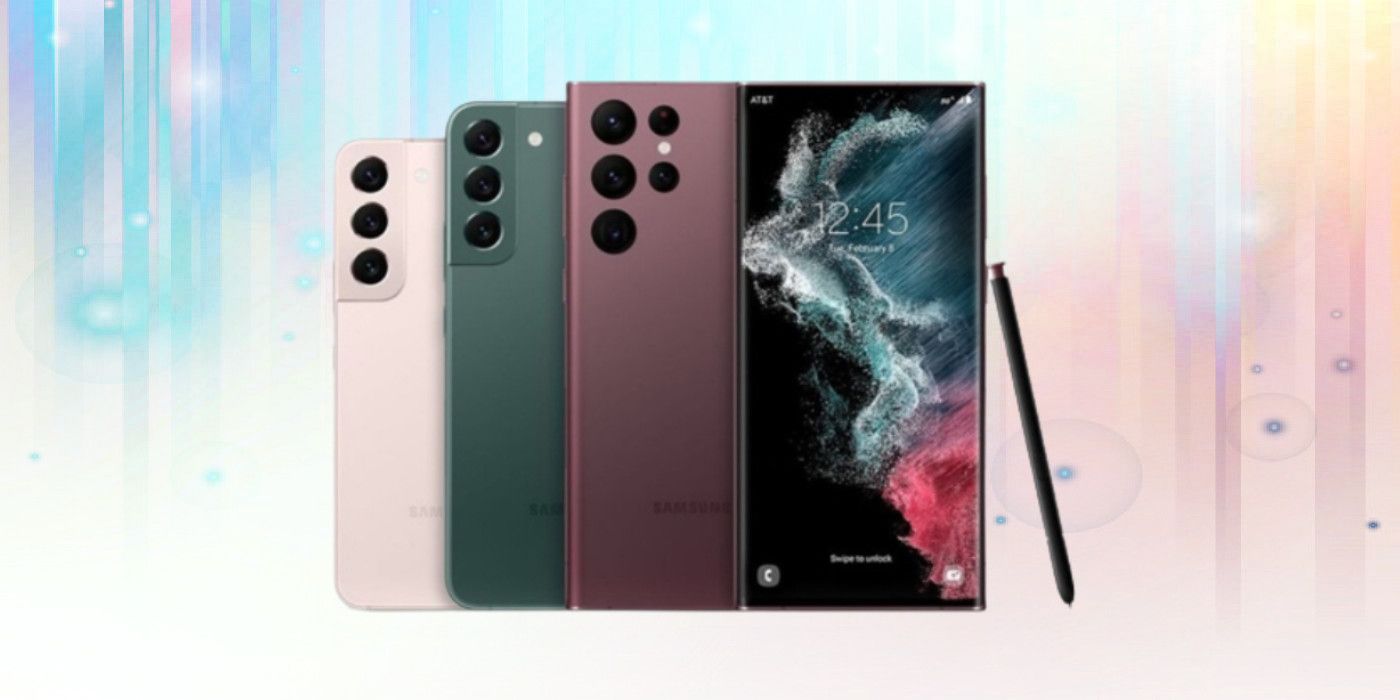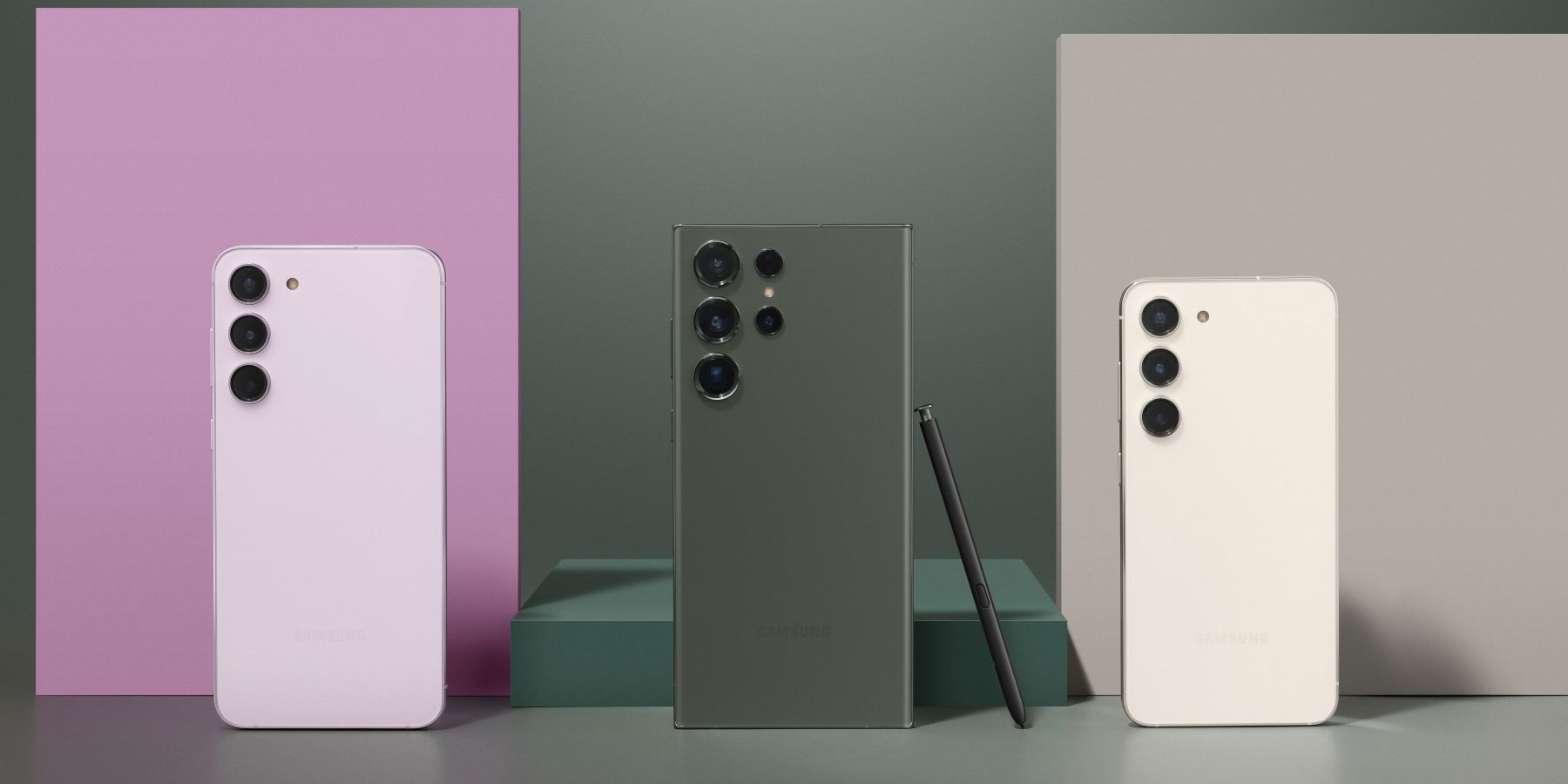Samsung is among the top smartphone brands globally, and its Galaxy S series is the de-facto Android flagship choice for many buyers. Not only are the Galaxy S smartphones packed with powerful hardware and cutting edge innovations, but they're also available widely across the world, making them easily accessible to a massive audience.
While Samsung has been making cell phones since the 1980s, the first Galaxy S phone was only launched in 2010. The Galaxy S wasn't Samsung's first Android phone, but it was the first in a series of flagships that would go on to define Samsung as a formidable iPhone competitor. Fast-forward to 2023, and the Galaxy S series is currently in its 14th iteration, headlined by the Galaxy S23 Ultra. Here's a look at how the Galaxy S series has evolved over the years.
14 Samsung Galaxy S – June 2010
The first Samsung Galaxy flagship was the Galaxy S, launched in 2010. The phone ran Android 2.1 out of the box, and featured two cameras — a 5MP rear camera and a VGA selfie camera with a resolution of 0.3MP. The phone featured a compact 4-inch 800 x 480 pixel Super AMOLED display
It was powered by a 1.0GHz processor and just 512MB of RAM. The available storage sizes were 8GB and 16GB, and the phone featured an SD card slot for storage expansion. The battery was a 1,500mAh unit, tiny by today's standards.
13 Samsung Galaxy S II – May 2011
The following year, the original Galaxy S got an upgrade in the form of the Galaxy S II. It featured the same display resolution of 800 x 480 pixels, but the screen size was marginally bigger at 4.3-inches. The processor got a bump too, with a 1.2GHz dual-core Exynos 4210 chip paired with 1GB of RAM. The storage sizes on offer were 16GB and a new 32GB option.
The phone still featured a single camera at the back, but with an improved 8MP resolution. The front camera was also upgraded to 2MP. As for the battery, that got a bump too with a capacity of 1,650mAh.
12 Samsung Galaxy S III – May 2012
Launched in 2012, the Galaxy S III looked very different from its predecessors, with a curved back and rounded edges. This was the first Galaxy S phone to have a 1,280 x 720 HD screen, which was a big deal. The screen was also bigger at 4.8-inches.
The processor was updated to Exynos 4412, a quad-core chip paired with 1GB of RAM, and storage sizes of 16GB, 32GB, and 64GB. The cameras were the same resolution as the Galaxy S II, but the battery was significantly bigger at 2,100mAh. The Galaxy S II ran Android 4.0 Ice Cream Sandwich.
11 Samsung Galaxy S4 – April 2013
Released in 2013, the Galaxy S4 finally got rid of the Roman numeral naming convention. The design was similar to the Galaxy S III, but the screen was now bigger at 5-inches, this time with Full HD resolution. The rear camera was a 13MP unit, while the front camera remained the same at 2MP.
The Galaxy S4 was offered in a choice of an octa-core Exynos 5410 or quad-core Snapdragon 600 chip, depending on the market. The RAM was bumped up to 2GB, while the storage options remained the same as the Galaxy S III, maxing out at 64GB. As for the battery, it was not only larger at 2,600mAh, but also supported wireless charging via the use of a wireless charging kit that had to be purchased separately.
10 Samsung Galaxy S5 – April 2014
In 2014, Samsung announced the Galaxy S5. The screen was marginally bigger at 5.1-inches, but the resolution was increased even further to 2,560 x 1,440 pixels. The Galaxy S5 was the first Samsung smartphone to feature water-resistance thanks to its IP67 rating.
The Galaxy S5 was the first Galaxy S phone to be powered by a Snapdragon 800-series chip. The Snapdragon 801 chipset was paired with 2GB of RAM, but the storage variants were limited to 16GB and 32GB. As for the cameras, the rear camera got a bump to 16MP, while the selfie shooter remained the same at 2MP.
The Galaxy S5 was also the first Samsung smartphone to feature a built-in heart rate monitor, allowing users to monitor their vitals inside the S Health app.
9 Samsung Galaxy S6 & S6 Edge – April 2015
The Samsung Galaxy S6 series was the first in the lineup to feature two flagship models – the Galaxy S6 and Galaxy S6 Edge. Both Galaxy S6 phones featured a 5.1-inch 1,440 x 2,560 display, but the S6 Edge differentiated itself with a dual edge curved panel. The smartphones were powered by the Exynos 7420 octa-core processor, paired with 3GB of RAM and up to 128GB of storage.
They featured a single 16MP rear camera, while the front camera was upgraded to 5MP. The Galaxy S6 had a 2,550mAh battery, while the S6 Edge had a slightly larger 2,600mAh unit. Both phones upgraded the wired charging speeds to 15W, and also introduced integrated wireless charging for the first time. Samsung introduced Samsung Pay with the Galaxy S6 series, enabling payments via NFC.
8 Samsung Galaxy S7 & S7 Edge – March 2016
The Galaxy S7 and S7 Edge introduced a few new features to the Galaxy S series, including an always-on display, an IP68 water-resistance rating, a hybrid SIM card tray, and a new Dual Pixel camera. The Galaxy S7 featured a 5.1-inch display like its predecessor, while the S7 Edge upgraded to a 5.5-inch panel. The S7 Edge also featured a new Tasks edge panel, allowing quick access to apps.
The smartphones were powered by the Snapdragon 820 processor, along with 4GB of RAM and 32GB of storage. The Galaxy S7 had a 3,000mAh battery, while the S7 Edge had a much larger 3,700mAh unit. While the main camera was downgraded to 12MP, the Dual Pixel sensor resulted in faster autofocus and better images in lower lighting.
7 Samsung Galaxy S8 Series – April 2017
With the Galaxy S8 series, Samsung eliminated the home button under the display, resulting in a full screen experience. Samsung dramatically sized up its flagships, with the Galaxy S8 sporting a 5.8-inch display, and the S8+ going up to 6.2-inches. Apart from the new Infinity Display design, the smartphones also featured a glass back panel.
The Galaxy S8 series finally made the switch to USB-C, and also introduced the iris scanner. The two smartphones were also the first to ship with Bixby, Samsung's voice assistant. The Galaxy S8 featured a 3,000mAh battery, while the S8+ had a 3,500mAh cell. The selfie camera was upgraded to an 8MP autofocus sensor. Both smartphones were powered by the Snapdragon 835 chipset, paired with up to 6GB of RAM and up to 128GB of storage.
6 Samsung Galaxy S9 Series – March 2018
The Galaxy S9 series was introduced in 2018. The smartphones looked visually similar to the Galaxy S8 series, thanks to their Infinity Display and rear-mounted fingerprint sensor. They also retained the display sizes and battery capacities of their Galaxy S8 predecessors. The Galaxy S9 series was powered by the Snapdragon 845 processor with up to 6GB of RAM and up to 256GB of storage.
With the Galaxy S9 models, Samsung made several improvements to the camera, introducing super slow-motion video, better low-light photos, and AR Emoji that was similar to Apple's Animoji feature. The S9+ was the first Galaxy S phone to feature dual rear cameras. The phones also featured stereo speakers tuned by AKG, Dolby Atmos support, and an improved heart rate sensor. They were also the first Samsung phones to come with the SmartThings app, enabling users to easily control their smart home.
5 Samsung Galaxy S10 Series – March 2019
In 2019, Samsung announced the Galaxy S10 series comprising four models – the Galaxy S10e, Galaxy S10, Galaxy S10+, and Galaxy S10 5G. They featured 5.8-inch, 6.1-inch, 6.4-inch, and 6.7-inch displays, respectively. Samsung also increased the number of cameras on its Galaxy S phones, with the Galaxy S10e featuring dual rear cameras, and the Galaxy S10 and S10+ getting triple rear cameras. The Galaxy S10 5G went all out with quad rear cameras.
Samsung introduced two new features with the Galaxy S10 series – a punch-hole front camera, and an ultrasonic fingerprint sensor embedded into the display. The smartphones were powered by the Snapdragon 855 chipset, with up to 8GB of RAM and up to 1TB of storage. The battery capacities were different for each model, going up to 4,500mAh for the S10 5G. Samsung also introduced faster 25W wired charging for the S10 5G. The S10 series introduced Wireless PowerShare, enabling users to reverse-charge other Qi-certified devices like smartphones, earbuds, and smartwatches.
4 Samsung Galaxy S20 Series – March 2020
In 2020, Samsung introduced the Galaxy S20, S20+, and S20 Ultra, marking a shift in its Galaxy S product lineup that is still followed today. All three smartphones were equipped with 5G, and they also featured 120Hz displays. The Galaxy S20 had a 6.2-inch screen, the S20+ had a 6.7 inch display, and the S20 Ultra featured a massive 6.9-inch display. While the Galaxy S20 had triple rear cameras, the other two models featured four cameras at the back. The S20 Ultra also upgraded its selfie camera to a 40MP sensor.
They were powered by the Snapdragon 865 chipset with up to 16GB of RAM. The phones introduced eSIM to Galaxy flagships, but also eliminated a crucial feature – the 3.5mm headphone jack. The three smartphones featured varying battery capacities, but while the Galaxy S20 and S20+ offered 25W wired charging, the S20 Ultra came with much faster 45W speeds. All phones supported fast wireless charging capped at 15W.
3 Samsung Galaxy S21 Series – January 2021
The Galaxy S21 series featured an all new design with a dedicated island to house the rear cameras. The Galaxy S21 and S21+ downgraded the display resolution to 1080p, but featured an adaptive refresh rate that could dynamically change between 48Hz and 120Hz. The S21 Ultra, on the other hand, featured a display resolution of 3,200 x 1,440 and an adaptive refresh rate of 10Hz to 120Hz.
The Galaxy S21 and S21+ featured triple rear cameras, while the S21 Ultra had a quad-camera setup headlined by a 108MP camera and dual telephoto lenses with support for 100x space zoom. The S21 Ultra was the first Samsung Galaxy S phone to feature S Pen support, but users had to buy the stylus separately or use an existing one from the Galaxy Note or Galaxy Tab line. It was also equipped with the faster Wi-Fi 6E connectivity standard. The Galaxy S21 series was powered by the Snapdragon 888 chipset with up to 16GB of RAM.
2 Samsung Galaxy S22 Series – February 2022
The Galaxy S22 series marked a major change for Samsung, being the first Galaxy S flagships launched after the demise of the Galaxy Note line. As a result, the Galaxy S22 Ultra was the first Galaxy S phone to come with an integrated S Pen. It also featured a new design, with the camera lenses placed directly on the back panel. The S22 and S22+ were upgraded to 50MP primary cameras, while the S22 Ultra retained the 108MP lens of its predecessor.
The three smartphones are powered by the Snapdragon 8 Gen 1 processor, with up to 12GB RAM and up to 1TB of storage. The S22+ was upgraded to 45W wired charging to match the S22 Ultra, but the base Galaxy S22 model retained the 25W charging speeds.
1 Samsung Galaxy S23 Series – February 2023
In 2023, Samsung launched the Galaxy S23 series – its latest Galaxy S flagships. The Galaxy S23 and S23+ are minor upgrades over the Galaxy S22 series, but feature individually placed camera lenses just like the Galaxy S23 Ultra. All three phones are powered by a custom Snapdragon 8 Gen 2 for Galaxy chipset, with up to 12GB RAM and up to 1TB of storage.
The Galaxy S23 Ultra gets the biggest upgrade in the lineup, primarily thanks to its massive 200MP primary camera. All three smartphones feature Corning Gorilla Glass Victus 2 protection. While most other features remain the same as the Galaxy S22 series, the Galaxy S23 features a slightly bigger battery at 3,900mAh, compared to the 3,700mAh unit of its predecessor. While the Galaxy S23 series might not bring any dramatic changes, they're still among the most powerful Android flagships on the market, and are a testament to how far the Samsung Galaxy S lineup has come since 2010.

